![]() This time quick and simple trick to make your node_exporter report on the number of blocked and allowed packets by iptables. It involves a tiny script, and a small configuration change to the node_exporter. Here we go:
This time quick and simple trick to make your node_exporter report on the number of blocked and allowed packets by iptables. It involves a tiny script, and a small configuration change to the node_exporter. Here we go:
Tag: programming
Querying Classicpress database for page hits
 Now that I am running classicpress, I miss the statistics that I received at wordpress.org. I don’t want to install third party cookies or other adware stuff, so I was looking to see how to solve that completely locally. Here’s how I got it working, withouts ads, all local, for free.
Now that I am running classicpress, I miss the statistics that I received at wordpress.org. I don’t want to install third party cookies or other adware stuff, so I was looking to see how to solve that completely locally. Here’s how I got it working, withouts ads, all local, for free.
Fixing a Jenkins 1.5 Slave on Windows 2016
When you configure a Jenkins 1.5x slave on a Windows 2016 machine according to the instructions on wiki.jenkins-ci.org you will probably get a warning that the .Net 2.0 is not available. This is reported as issue 21484 and the fix is to upgrade, which sometimes can be a problem.
If you can’t upgrade to the latest version for whatever reason, you can easily fix the .Net problem by changing the jenkins-slave.exe.config file from:
<configuration>
<runtime>
<generatePublisherEvidence enabled="false"/>
</runtime>
</configuration>
To:
<!-- see http://support.microsoft.com/kb/936707 -->
<configuration>
<runtime>
<generatePublisherEvidence enabled="false"/>
</runtime>
<startup>
<supportedRuntime version="v2.0.50727" />
<supportedRuntime version="v4.0" />
</startup>
</configuration>
Hope this works for you. Cheers!
Mattermost Delete Channel “fixed”
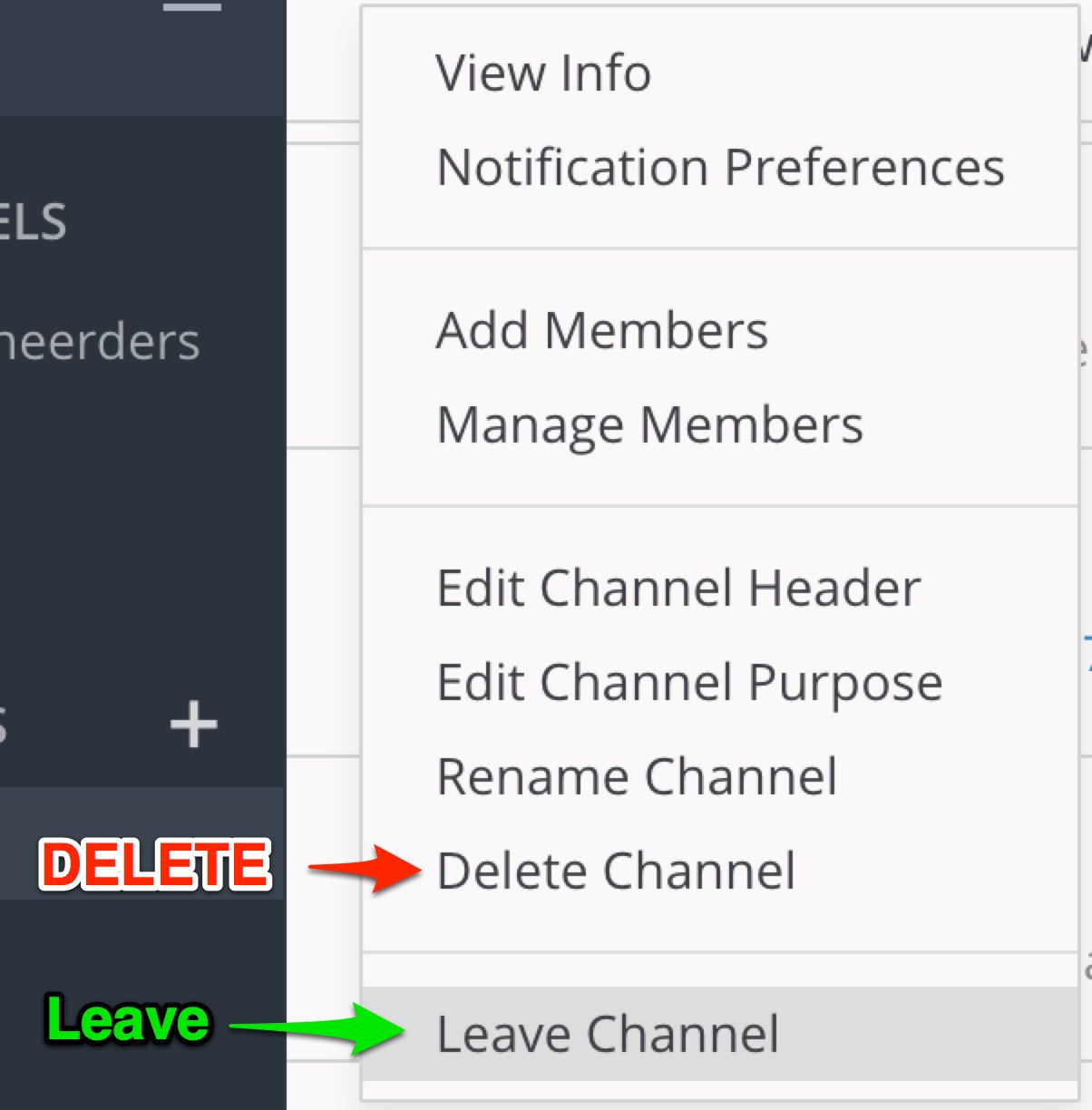 Users of Mattermost have probably noticed the less-than-optimal interface design where de Delete option is right above the Leave option in the Channel menu. On a busy server, you can imagine having quite a few incidents where people accidentally completely delete a channel.
Users of Mattermost have probably noticed the less-than-optimal interface design where de Delete option is right above the Leave option in the Channel menu. On a busy server, you can imagine having quite a few incidents where people accidentally completely delete a channel.
In the Open Source version of Mattermost, everybody van do anything, because there is no sensible security model with roles. Mattermost Inc. seems to think that the Open Source community is not entitled to roles, which I (and others with me) strongly disagree with.
Forking Mattermost, learning Golang and enabeling security, improving a few other issues for the open source community along the way is a plan. But there is a simpler workaround for people running Mattermost inside Nginx.
Make the ESP8266 talk 9600 baud
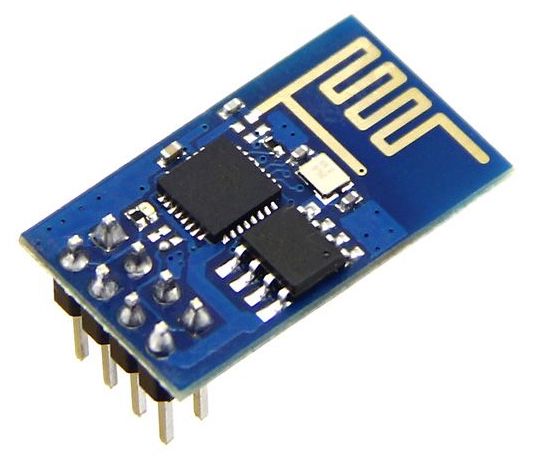 The default serial speed on the ESP8266 WiFi chip is 115200 baud. If you connect this chip to an Arduino and want to use SoftSerial to talk to it, it will not work. The SoftSerial library is limited to 9600 baud because of hardware limitations of the Arduino. If you want to talk to the ESP8266 with an Arduino at lower speeds, you need to tell the ESP8266 to slow down.
The default serial speed on the ESP8266 WiFi chip is 115200 baud. If you connect this chip to an Arduino and want to use SoftSerial to talk to it, it will not work. The SoftSerial library is limited to 9600 baud because of hardware limitations of the Arduino. If you want to talk to the ESP8266 with an Arduino at lower speeds, you need to tell the ESP8266 to slow down.
Solving the JAXB “unexpected element” problem
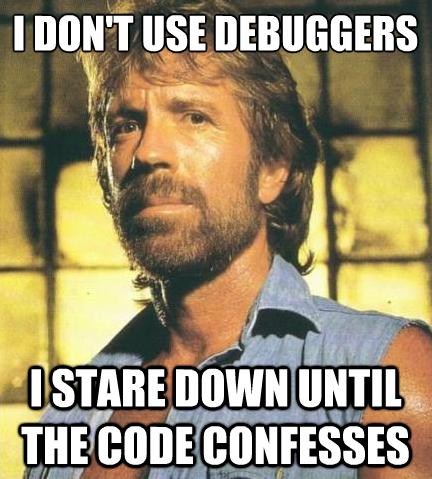 If you are using JAXB in a maven/java project to unmarshal an XML document and you get:
If you are using JAXB in a maven/java project to unmarshal an XML document and you get:
javax.xml.bind.UnmarshalException: unexpected element (uri:”urn:iso:std:somestuff:xsd:somestuff”, local:”Document”). Expected elements are (none)
Or if you are using JAXB to marshal an XML document and you get:
com.sun.istack.internal.SAXException2: unable to marshal type “generated.somestuff.Document” as an element because it is missing an @XmlRootElement annotation
You have probably fallen victim of the fact that JAXB does not do “Simple Binding” by default. If your project is a maven project and you generated classes based on an xsd file, this is how you fix it (without changing the xsd file):
Import/export an Oracle Schema using JDBC
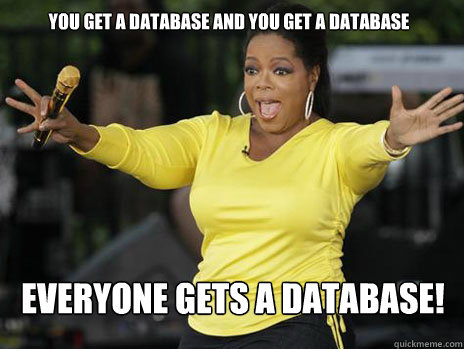 When doing integration testing or fixing a bug in a piece of Java code that uses Oracle as a database, being able to do quick exports and imports of your schema can be a big help. Sometimes just calling Oracle’s imp/exp commandline tools from your code can be of help, but I was looking for something a bit more portable and less demanding on my local development machine. I found that Oracle’s datapump functionality can be called from stored procedures, which in turn can be called from a normal JDBC statement.
When doing integration testing or fixing a bug in a piece of Java code that uses Oracle as a database, being able to do quick exports and imports of your schema can be a big help. Sometimes just calling Oracle’s imp/exp commandline tools from your code can be of help, but I was looking for something a bit more portable and less demanding on my local development machine. I found that Oracle’s datapump functionality can be called from stored procedures, which in turn can be called from a normal JDBC statement.
Arduino and the QVGA 2.2″ TFT SPI screen
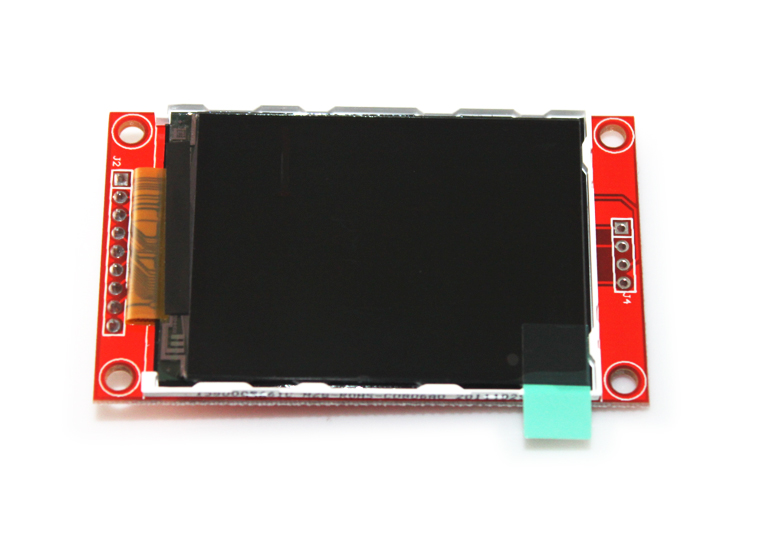 I went through all the struggles everybody else seems to be going through to get this screen connected to my Arduino Nano. I had the 5V to 3.3V voltage conversion problem, and the “only works with software interrupts” problem which makes the display run slow. The solutions are not complicated but not very wel documented. Until now.
I went through all the struggles everybody else seems to be going through to get this screen connected to my Arduino Nano. I had the 5V to 3.3V voltage conversion problem, and the “only works with software interrupts” problem which makes the display run slow. The solutions are not complicated but not very wel documented. Until now.
Open a port in OSX Mavericks’ Firewall
 The new firewall in Mavericks is great. For the common user. For a developer, not so much. If you are a Java developer like me, and you just need to open one port (say, 8080) so that the web application you’re working on is accessable from another computer, you can’t. I disabled the Firewall altogether for a few days, but it didn’t feel right.
The new firewall in Mavericks is great. For the common user. For a developer, not so much. If you are a Java developer like me, and you just need to open one port (say, 8080) so that the web application you’re working on is accessable from another computer, you can’t. I disabled the Firewall altogether for a few days, but it didn’t feel right.
I googled around and to make a long story short, here’s how to open port 8080 on any interface to any application on your OSX Mavericks installation in 3 steps:
sudo vim /etc/pf.conf
Then add the following lines at the end of the file:
# Open port 8080 for TCP on all interfaces
pass in proto tcp from any to any port 8080
Test (and, according to the documentation, load) your edits with:
sudo pfctl -vnf /etc/pf.conf
Reboot.
(I have found at least 5 pieces of voodoo to make the Firewall restart and reload, but none of them seemed to work reliably, so pardon the reboot)
You can close it by commenting out the lines in pf.conf and reboot again. If anybody knows of an easier way to do this, preferably in one terminal command, and without rebooting, let me know.
Hope this helps.
Anonimatron: Quick Start
 After reading my last blogpost on Anonimatron, you must have asked yourself “Great, but how do I actually use Anonimatron to de-personalize my database”? I tried my best to make basic Anonimatron configuration as self-explanatory as possible, just start it without any command line arguments and it will tell you.
After reading my last blogpost on Anonimatron, you must have asked yourself “Great, but how do I actually use Anonimatron to de-personalize my database”? I tried my best to make basic Anonimatron configuration as self-explanatory as possible, just start it without any command line arguments and it will tell you.
Less adventurous or in a big hurry? This blogpost will show how simple it is to install and configure Anonimatron on an example MySQL database.
